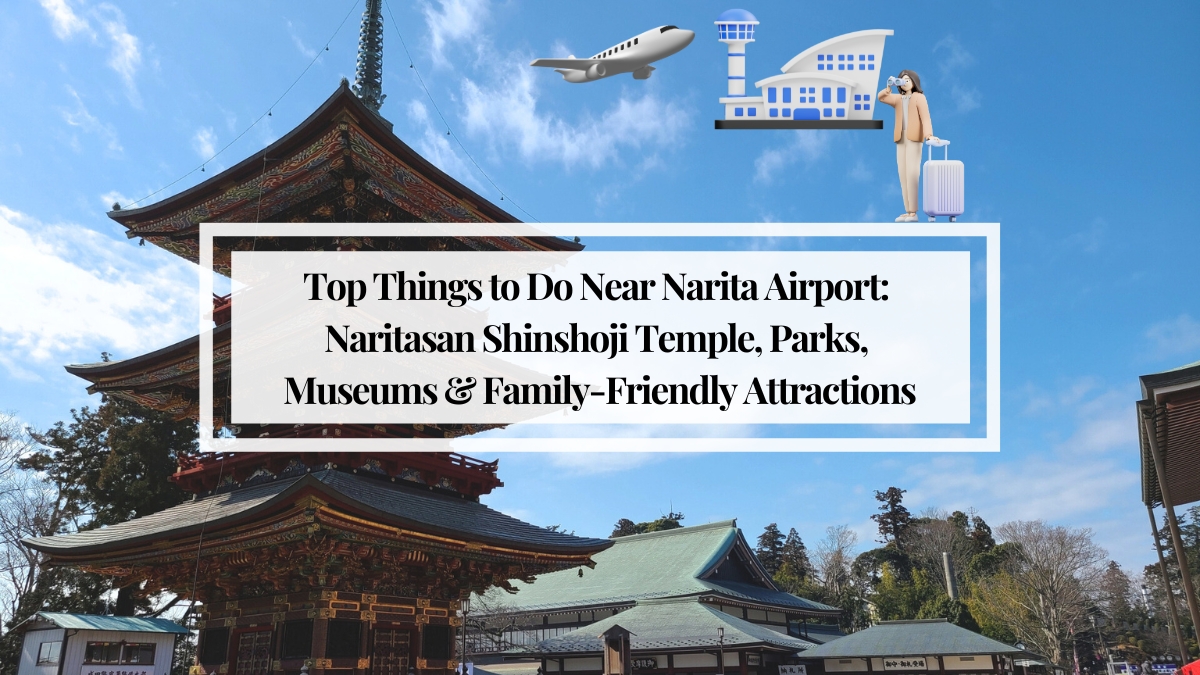For most travelers, Narita International Airport is simply Japan’s gateway—a place to land, transit, and move on to Tokyo or beyond. Yet just beyond the runways lies a region rich in history, culture, and unique experiences that many visitors never discover. From centuries-old temples and traditional streets to family-friendly farms, aviation museums, and parks where you can watch jets soar overhead, the Narita area offers a surprising variety of attractions within easy reach of the terminals. Whether you have only a few hours between flights or a full day to explore, it is an ideal place to experience authentic Japanese traditions, savor local flavors, and create memorable moments before your onward journey.
Naritasan Shinshoji Temple — A Historical Journey
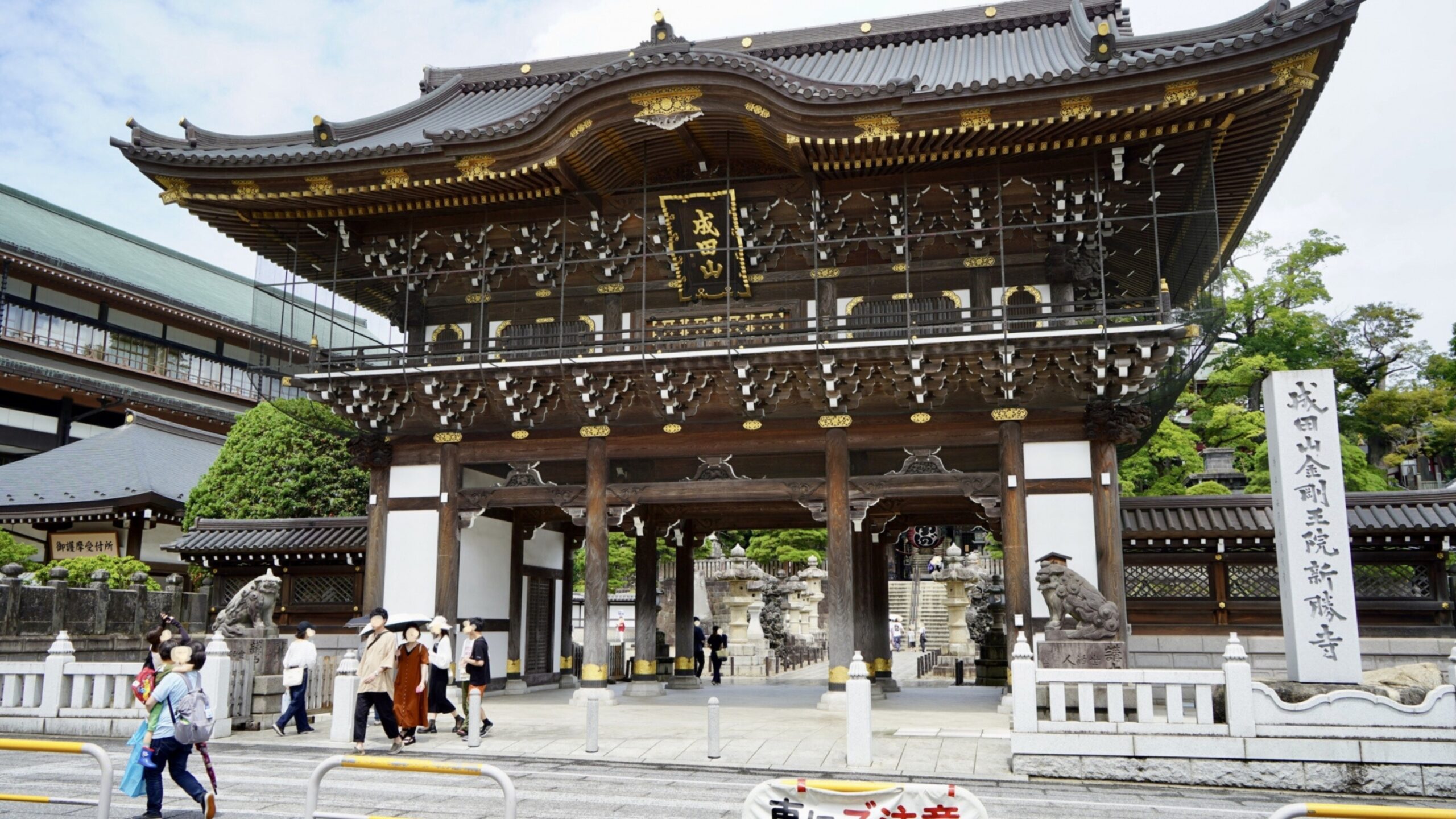
Naritasan Shinshoji Temple was founded in 940 AD during the Heian period. At that time, the imperial court sought to suppress the rebellion of Taira no Masakado in the eastern provinces. A statue of Fudō Myōō (Acala), carved by the great monk Kōbō Daishi (Kūkai) himself, was brought from Jingo-ji Temple in Kyoto to Narita. After the conflict ended, the statue miraculously refused to be moved, which was seen as a divine sign. A temple was then built on the site, and the immovable Fudō became the central object of worship. The name “Shinshoji” means “newly won victory.”
【Edo Period — Faith and Popularity】
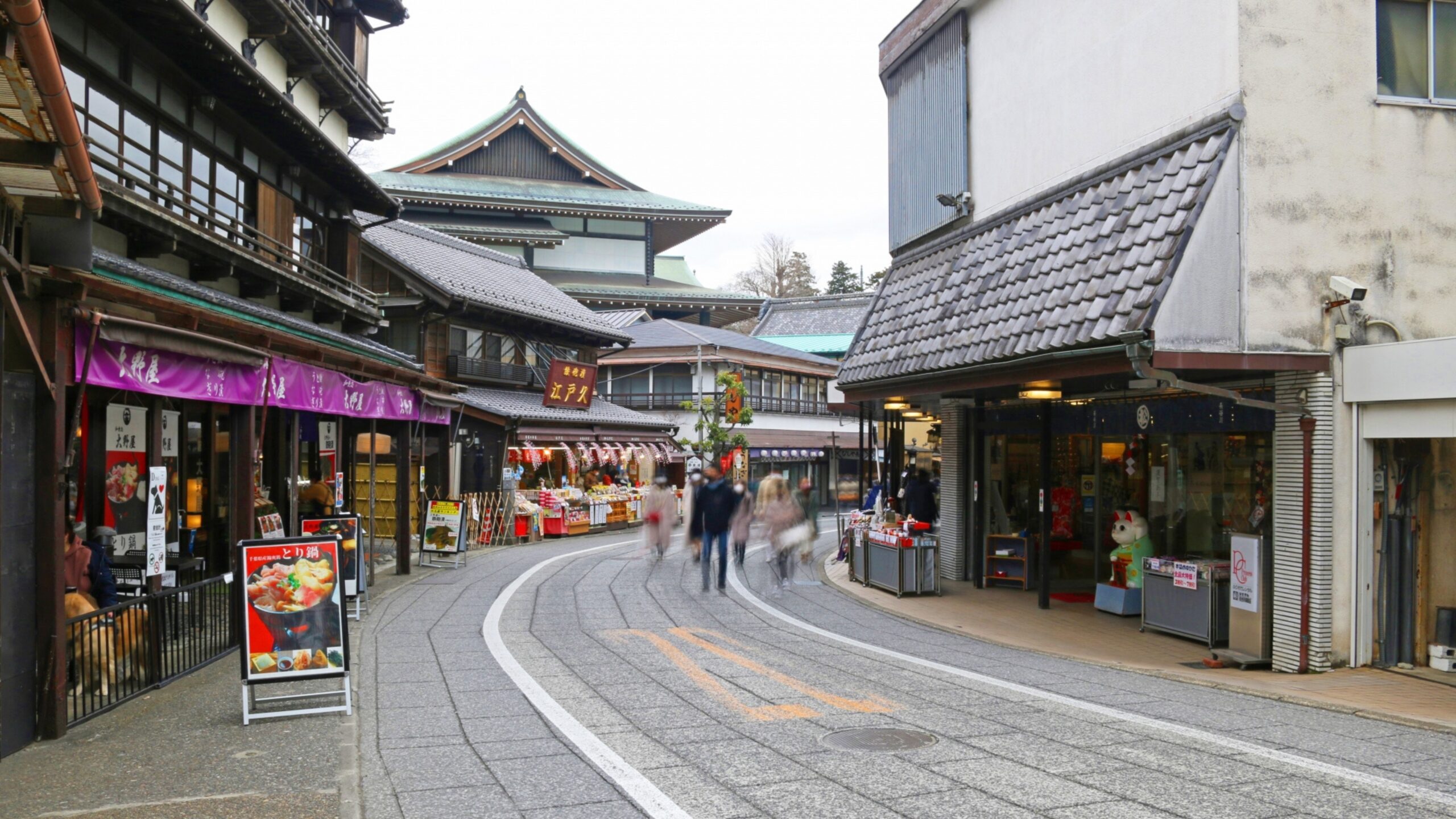
During the Edo period, Naritasan received strong patronage from the Tokugawa shoguns, including Tokugawa Ieyasu and Tokugawa Iemitsu. Its popularity spread widely among the people thanks in part to the famous Kabuki actor Ichikawa Danjūrō I, whose family (the “Narita-ya” acting house) was deeply devoted to Fudō Myōō. Danjūrō often performed roles related to Fudō on stage, sparking a boom in pilgrimages from Edo (modern-day Tokyo). The temple town along the Omotesandō approach flourished, with inns, shops, and restaurants welcoming countless visitors.
【Meiji to Modern Times】
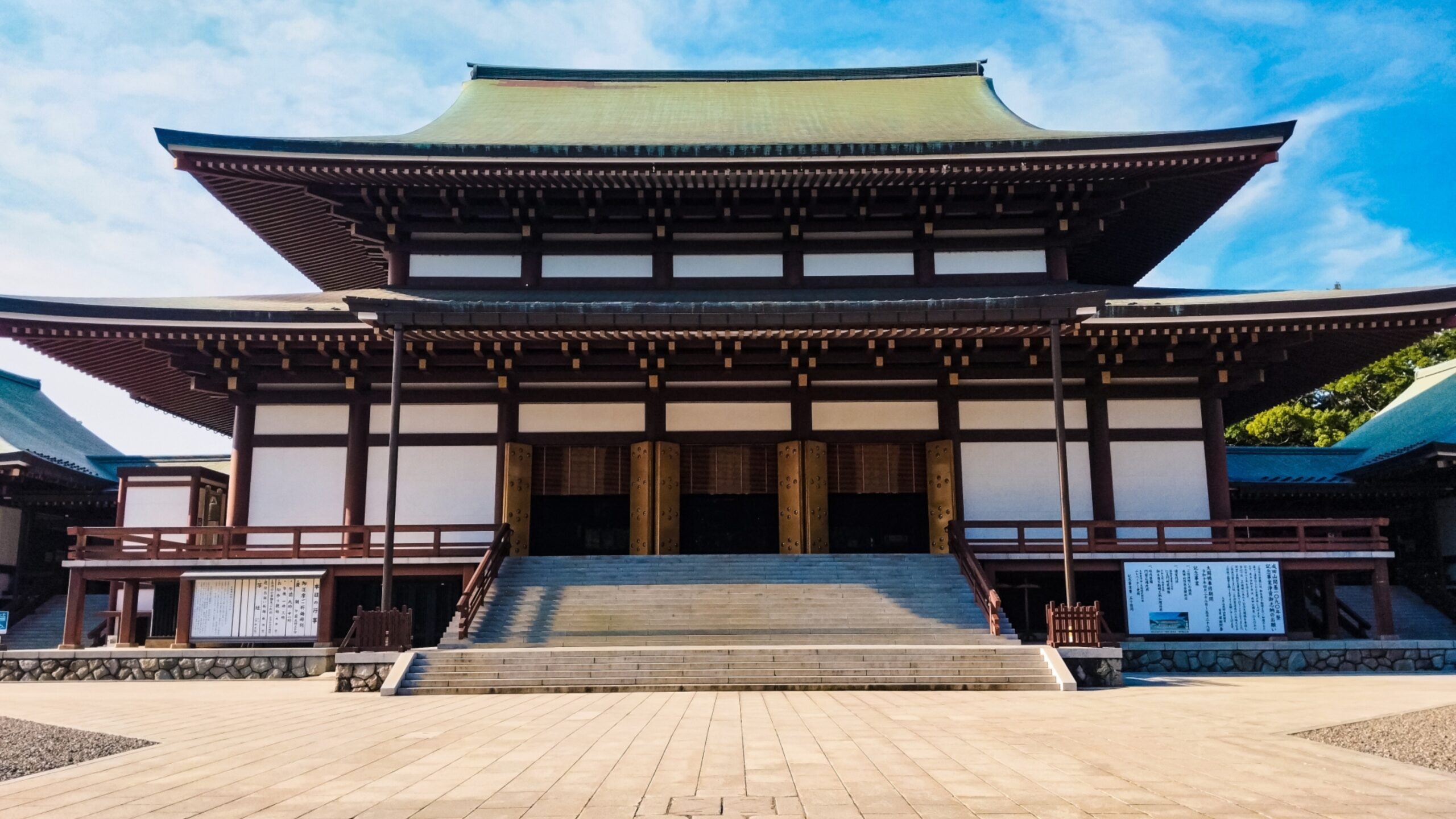
In the Meiji era, despite the nationwide anti-Buddhist movement (haibutsu kishaku), Naritasan Shinshoji continued to thrive as the center of Fudō Myōō worship. The expansion of railway networks made pilgrimages more accessible, and visitors began arriving from all over Japan.
Today, the Great Main Hall (Daihondō), completed in 1968, stands as the spiritual heart of the temple. The grounds are home to several nationally designated Important Cultural Properties, including the Three-Storied Pagoda (1712), Niōmon Gate, and Kōmyō-dō Hall. Behind the temple lies the vast Naritasan Park, a 16-hectare garden that offers stunning scenery in every season, from cherry blossoms in spring to fiery autumn foliage.
【Modern Significance】
Naritasan Shinshoji Temple welcomes over 3 million visitors during the New Year’s holidays, making it one of Japan’s most popular destinations for hatsumōde (the first shrine or temple visit of the year). Despite its national fame, it remains affectionately known as “Narita no Ofudō-sama” among locals, cherished as both a place of prayer and a cultural treasure.
【Highlights at a Glance】
- Founded in 940 AD: Originated from prayers to suppress the Taira no Masakado rebellion
- Edo Popularity: Supported by Tokugawa shoguns and popularized through Kabuki actor Ichikawa Danjūrō
- Cultural Heritage: Home to Important Cultural Properties such as the Three-Storied Pagoda and Niōmon Gate
- Living Tradition: Among the top temples in Japan for New Year’s visits, still vibrant with faith and history
✈️ With its rich history, cultural significance, and easy access from Narita Airport (just 10 minutes by train), Naritasan Shinshoji Temple is an ideal destination for international travelers seeking both tradition and beauty.
Soranoeki Fuwari Shibayama — Where Planes and Local Life Meet
Just 10 minutes from Narita International Airport lies a hidden gem: Soranoeki Fuwari Shibayama. More than just a roadside station, it’s a place where travelers can feel the excitement of aviation while experiencing the warmth of local culture.
From the terrace or café windows, you can enjoy front-row views of jumbo jets taking off and landing on the nearby runways. The roar of the engines and the sight of aircraft soaring overhead create an experience you won’t find in ordinary observation decks. Pair this with a meal or coffee at the café, and you have a truly unforgettable stopover.
Inside, Fuwari offers a market filled with the flavors of Shibayama and the surrounding region. Fresh vegetables, local specialties, and handmade crafts line the shelves, inviting you to take a piece of rural Chiba home with you. For aviation fans, the selection of airplane-themed goods makes for perfect souvenirs.
Families with children will also find plenty to enjoy, thanks to exhibits and playful displays that bring the world of aviation to life. It’s a spot where travel, learning, and fun naturally come together.
Whether you’re waiting for a flight, exploring the Narita area, or simply curious about life near one of Japan’s busiest airports, Soranoeki Fuwari Shibayama offers a refreshing mix of sky-high excitement and down-to-earth hospitality.
Museum of Aeronautical Sciences — Discover the World of Aviation Next to Narita Airport
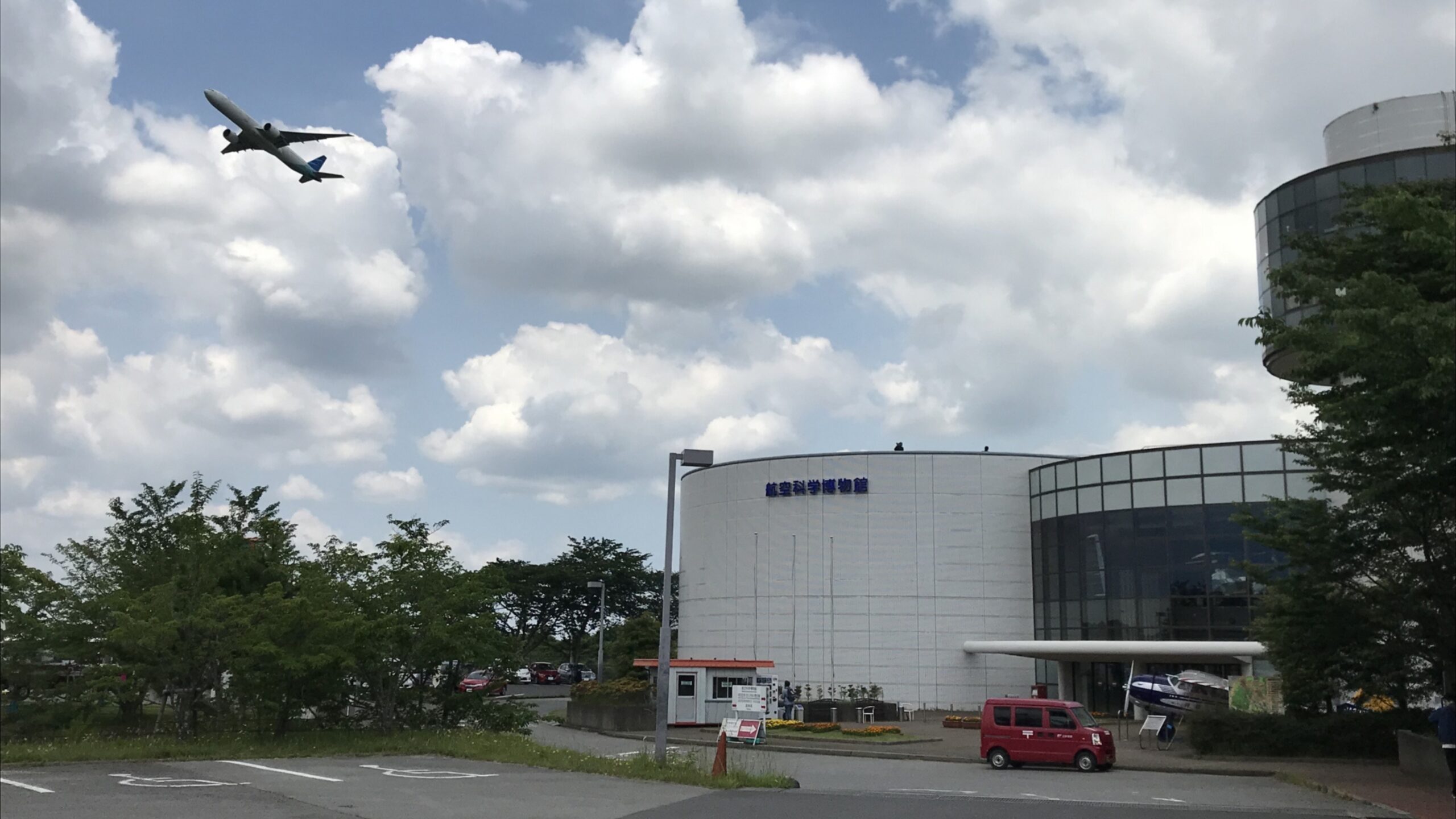
Just beside Narita International Airport, the Museum of Aeronautical Sciences stands as Japan’s first full-scale museum dedicated to aviation. For travelers, families, and aviation enthusiasts alike, it offers an unforgettable journey into the science and wonder of flight.
Inside the museum, visitors will find a wide range of engaging exhibits. Full-scale aircraft cockpits, detailed models, and interactive displays allow you to step into the pilot’s seat and experience the mechanics of flight up close. One of the highlights is the flight simulator, where you can try your hand at takeoff and landing—an exciting experience for both children and adults.
The museum’s rooftop observation deck provides sweeping views of Narita Airport’s runways. Here, you can watch jumbo jets taxi, take off, and land right before your eyes, a rare chance to feel the thrill of aviation at close range.
For those looking to take home a memory, the museum shop offers a variety of aviation-themed goods, from model aircraft to unique souvenirs that appeal to both casual visitors and dedicated plane spotters.
Whether you are traveling with family, fascinated by airplanes, or simply seeking a unique experience near Narita, the Museum of Aeronautical Sciences is a must-see attraction where the excitement of the skies comes to life.
Narita Yume Bokujo (Narita Dream Dairy Farm)

Only about 15 minutes by car from Narita International Airport, Narita Yume Bokujo (Narita Dream Dairy Farm) is a popular destination where travelers and families can experience the charm of the Japanese countryside.
Set across wide open fields, the farm is home to cows, goats, sheep, ponies, and even more. Visitors can feed, pet, and interact with the animals, creating a fun and relaxing experience away from the busy airport.
The farm also offers a variety of hands-on activities, such as cow milking, butter making, and seasonal workshops, making it a great stop for children and adults alike.
Food lovers will enjoy the farm’s fresh dairy products, including rich soft-serve ice cream, yogurt, and cheese made right on site. Many of these treats can also be purchased as souvenirs.
For those with more time, the farm features a campground, where guests can enjoy the peaceful countryside atmosphere overnight. Seasonal flower fields and outdoor activities make every visit unique throughout the year.
【Highlights】
- Just 15 minutes from Narita Airport
- Hands-on experiences: cow milking, butter making, and more
- Friendly animals including cows, goats, sheep, and ponies
- Fresh dairy treats such as ice cream, cheese, and yogurt
- Seasonal flower gardens and outdoor activities
- Camping available for an overnight farm stay
Whether you are on a layover, traveling with family, or simply seeking a refreshing break, Narita Yume Bokujo offers a delightful farm experience right next to Narita Airport.
Sakura-no-Yama Park — A Perfect Spot for Planes and Cherry Blossoms
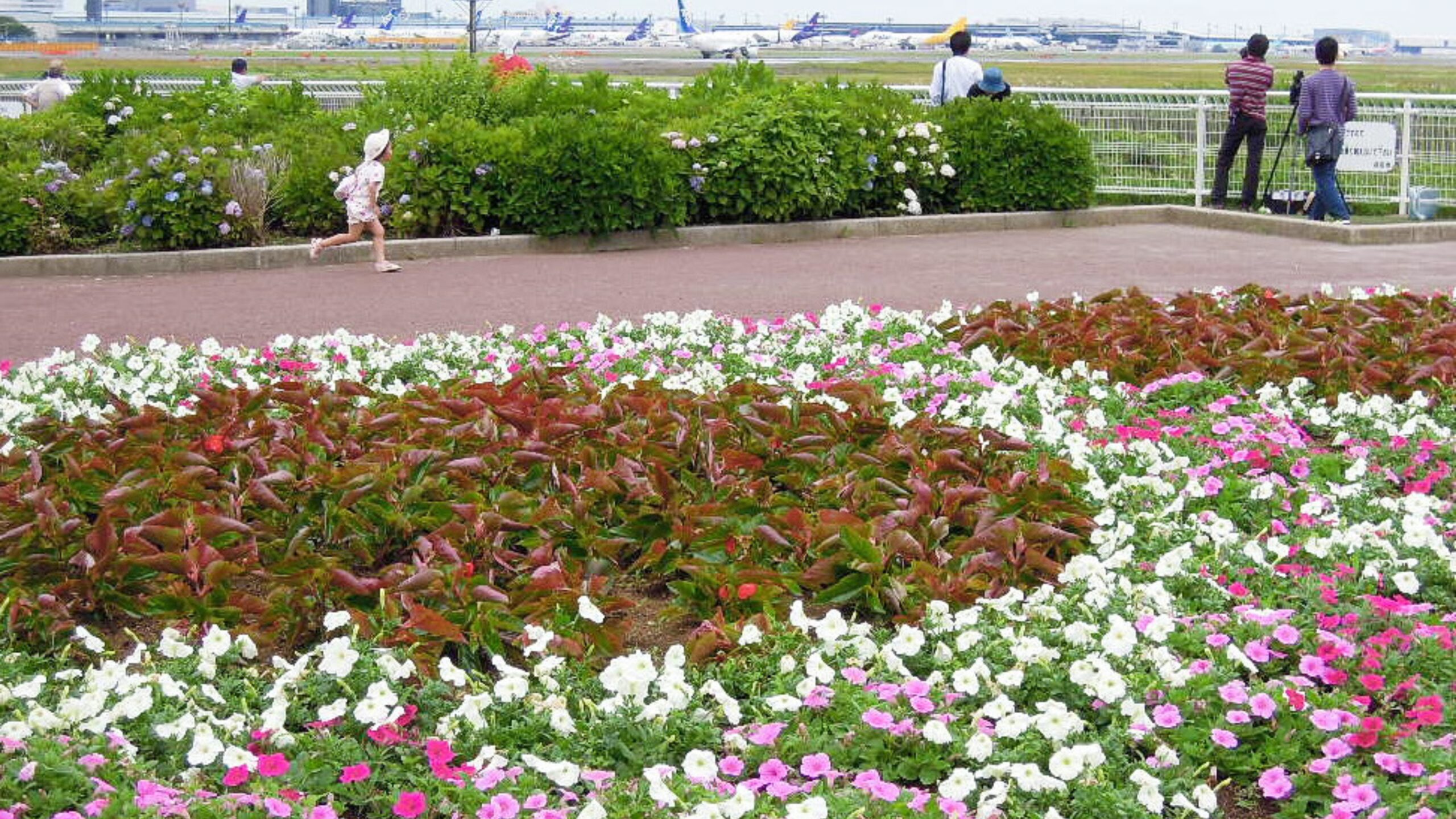
Located just north of Narita International Airport’s runways, Sakura-no-Yama Park is a unique destination where visitors can enjoy both the thrill of aviation and the beauty of nature.
In spring, the park’s 350 cherry blossom trees burst into full bloom, creating a stunning backdrop for watching planes take off and land. The sight of delicate pink petals against the roar of jet engines is a rare and unforgettable experience, attracting both travelers and photographers from around the world.
From the park’s hillside, you can enjoy panoramic views of Narita Airport. The proximity to the runways makes it one of the best places in Japan for plane spotting, offering the same excitement as an airport observation deck but in a relaxing, open-air setting.
The park also features spacious lawns and walking paths, ideal for picnics or leisurely strolls. Inside the grounds, you’ll find the “Sora-no-Eki Sakura-kan”, a local shop and café where you can enjoy light meals, snacks, and shop for regional specialties and souvenirs.
【Highlights】
- Excellent views of Narita Airport’s runways and aircraft
- Spectacular cherry blossoms in spring (approx. 350 trees)
- Family-friendly lawns and walking paths, perfect for picnics
- Local products and snacks available at “Sora-no-Eki Sakura-kan”
- A favorite destination for aviation fans, photographers, and travelers alike
Whether you are a plane enthusiast, a nature lover, or simply looking for a relaxing escape near Narita Airport, Sakura-no-Yama Park offers a memorable blend of aviation excitement and seasonal beauty.
Sanrizuka Imperial Pasture Memorial Hall — Tracing the Legacy of Japan’s Royal Dairy Farm
Located south of Narita International Airport, the Sanrizuka Imperial Pasture Memorial Hall preserves the history of the former Imperial Pasture (Goryo Bokujo), which was established in the Meiji era. Created as a royal farm to raise dairy cattle and introduce Western-style livestock farming, it played a vital role in the modernization of Japan’s dairy industry.
Inside the memorial hall, visitors can explore exhibits featuring farm tools, household furnishings, photographs, and documents that tell the story of the pasture’s operation and its close connection to the Imperial Household. The collection offers a fascinating glimpse into both the history of Japanese agriculture and the modernization efforts of the Meiji period.
The grounds are also known as a beautiful cherry blossom viewing spot, drawing many visitors in spring who come to enjoy the blossoms alongside the serene greenery of the former pasture. The tranquil atmosphere of the site makes it a pleasant stop for those interested in culture, history, and nature.
【Highlights】
- Learn about Japan’s first Imperial Pasture, founded in the Meiji era
- Exhibits of farm tools, furnishings, and historical photographs
- Insights into the connection between the Imperial Household and modern livestock farming
- Famous cherry blossom viewing spot in spring
- Conveniently located near Narita, ideal to combine with visits to Naritasan Shinshoji Temple or Sakura-no-Yama Park
For travelers looking to go beyond temples and shopping, the Sanrizuka Imperial Pasture Memorial Hall offers a unique opportunity to connect with Japan’s agricultural heritage and the Imperial history tied to this region.
Sogo Reido Sanctuary — Honoring the Spirit of a People’s Hero
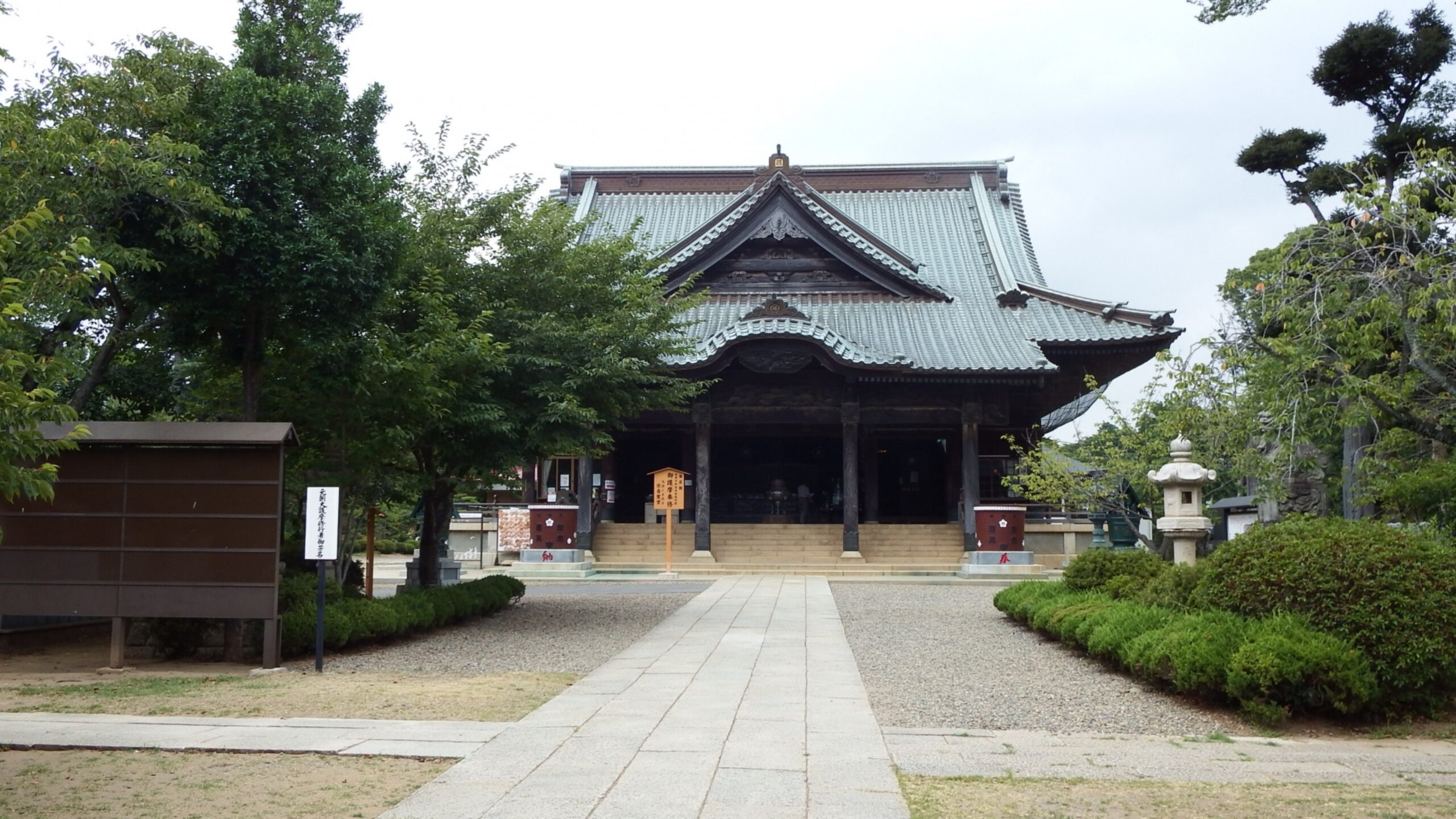
Located in Narita City, Sogo Reido Sanctuary (officially Tosho-ji Temple) is dedicated to the memory of Sogo (Kiuchi Sogoro), a farmer remembered as a folk hero in the Edo period. Facing the harsh burden of heavy taxes, Sogo courageously petitioned the shogunate on behalf of suffering villagers. Though he was executed for his actions, his sacrifice became legendary, and he has been revered ever since as a symbol of justice and compassion.
The temple grounds are expansive, with a solemn approach lined by towering cedar trees. Throughout the year, visitors can enjoy the beauty of nature: cherry blossoms in spring, lush greenery in summer, fiery foliage in autumn, and tranquil landscapes in winter. Inside the main hall, statues and exhibits dedicated to Sogo tell the story of his life and the devotion of the people who honor him.
Sogo Reido also influenced Japanese performing arts. His story was dramatized in Kabuki plays and folk performances, helping to spread his legacy as a champion of the people. For travelers, the temple offers not only a serene place of worship but also an opportunity to learn about local history and culture.
【Highlights】
- Dedicated to Sogo, a farmer-hero of the Edo period
- Cedar-lined approach and seasonal natural beauty
- Exhibits and statues honoring Sogo’s life and sacrifice
- A source of inspiration for Kabuki and folk traditions
- Easily combined with a visit to nearby Naritasan Shinshoji Temple
Whether you are interested in history, culture, or simply seeking a peaceful retreat, Sogo Reido Sanctuary offers a unique insight into the spirit of ordinary people who shaped Japan’s past.
Boso no Mura Open Air Museum — Step Back in Time to Edo-Era Japan
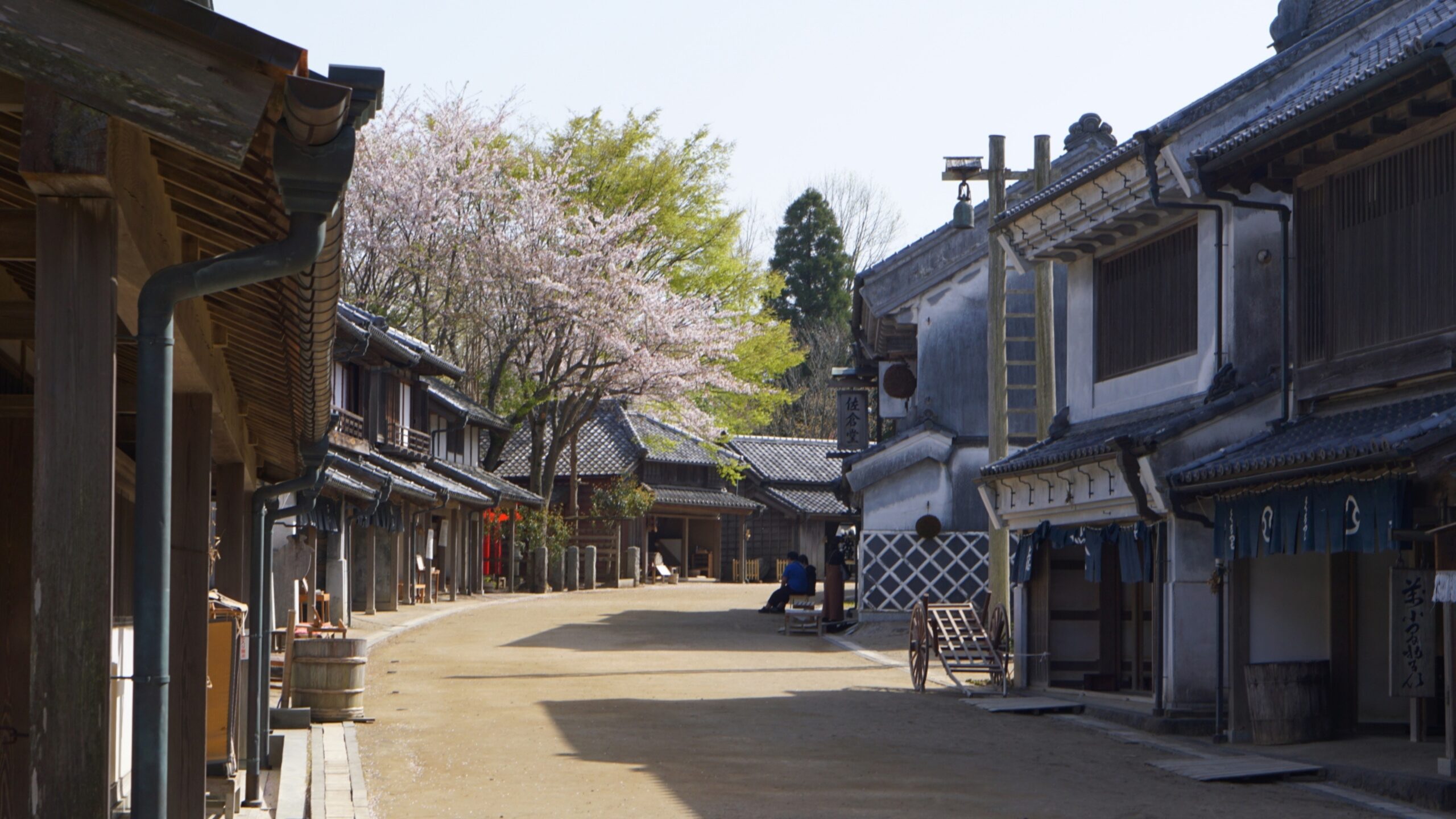
Boso no Mura Open Air Museum is an open-air museum where history comes to life. The site recreates the landscapes and townscapes of the Edo to Meiji periods, complete with traditional merchant houses, samurai residences, and farmhouses. Walking through its streets feels like stepping into a different century.
What makes Boso-no-Mura especially appealing is its hands-on experiences. Visitors can try traditional crafts, guided by skilled artisans. These workshops provide a rare opportunity to connect directly with Japan’s cultural heritage, making it enjoyable for both adults and children.
Seasonal events bring additional charm—spring cherry blossom viewings, autumn harvest festivals, and other traditional celebrations recreate the atmosphere of Japan’s past. For those wishing to immerse themselves even further, the adjacent “Dram no Sato” complex features the “Costume House”, where visitors can rent traditional kimono and other period-style outfits to enhance their historical experience before strolling through the museum.
【Highlights】
- Open-air museum recreating Edo–Meiji era townscapes and homes
- Hands-on workshops in traditional crafts
- Seasonal festivals and cultural events throughout the year
- Kimono and period costume rental available at the nearby Dram no Sato “Costume House”
- Conveniently located near Narita, ideal for a day trip
For travelers seeking more than temples and shopping, Boso-no-Mura offers an immersive cultural journey into Japan’s history—perfect for families, history lovers, and anyone curious about traditional life.
Jimbei Park — Scenic Views of Inbanuma Lake and Passing Aircraft
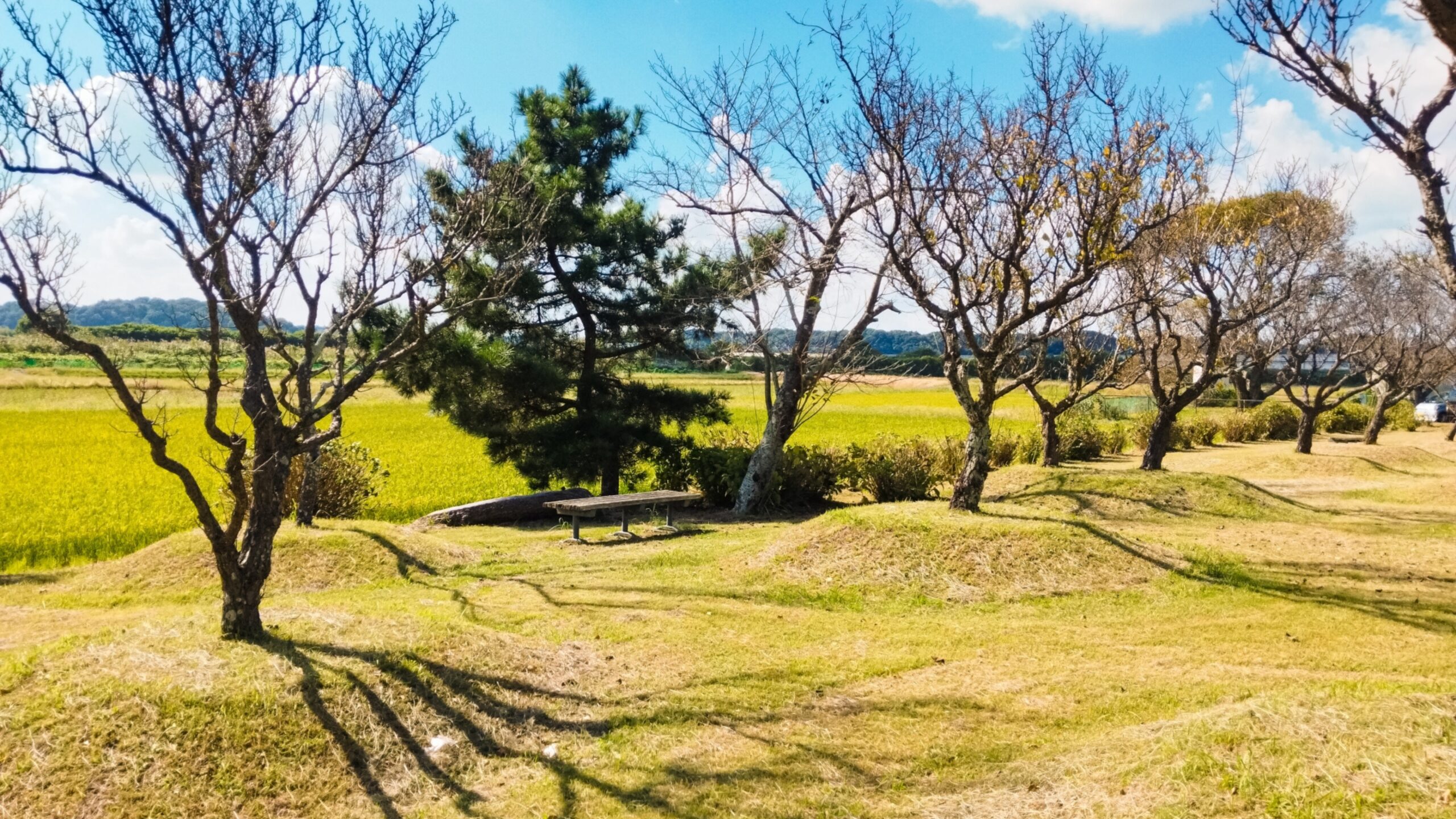
Located along the shores of Inbanuma Lake in Narita City, Jimbei Park is a peaceful spot where visitors can enjoy both natural beauty and the excitement of aviation. The park’s name honors Jimbei, the son of Sogoro Kiuchi, a local hero of the Edo period who fought for flood control and farmers’ rights in this region.
The park offers sweeping views of Inbanuma’s tranquil waters, with seasonal scenery that changes throughout the year. At sunset, the lake reflects the glowing sky while aircraft from nearby Narita International Airport soar above—creating a dramatic and unforgettable scene. It has become a favorite location for photographers and aviation enthusiasts seeking that perfect shot.
Walking paths and open lawns make the park ideal for a leisurely stroll or picnic, while its quiet atmosphere provides a refreshing escape from the busy airport area.
【Highlights】
- Lakeside park with beautiful views of Inbanuma
- Spectacular sunsets paired with airplanes taking off and landing
- A hidden gem for photographers and plane spotters
- Historical connection to local folk hero traditions
- Perfect for a short walk, picnic, or a stop before/after a flight
For travelers looking to experience a blend of history, nature, and aviation, Jimbei Park offers a serene yet memorable visit just a short distance from Narita Airport.
JAL Agriport — Strawberry Picking Just Minutes from Narita Airport
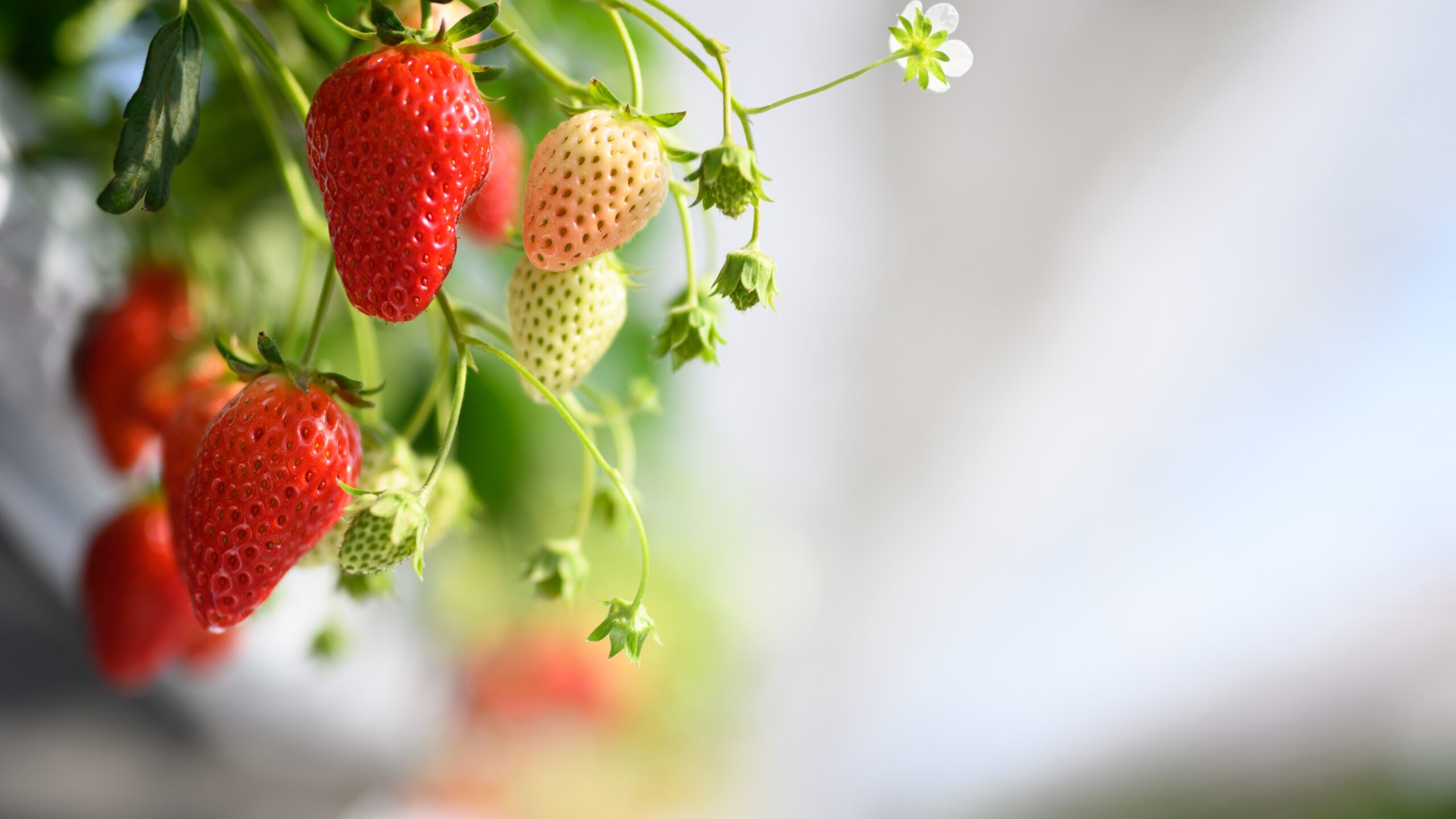
Located right next to Narita International Airport, JAL Agriport is a unique farm-style attraction operated by Japan Airlines (JAL). Here, visitors can enjoy seasonal harvest experiences while watching aircraft take off and land nearby—a rare combination of aviation and agriculture.
The most popular activity is the strawberry picking experience, held from winter through spring. Inside spacious greenhouses, visitors can pick bright red strawberries straight from the vines and savor them on the spot.
Beyond strawberries, the farm also offers seasonal harvests such as grapes and potatoes, giving travelers a chance to enjoy Japan’s countryside flavors. On-site cafés and shops serve light meals and sweets made from local ingredients, making it an ideal stop before or after a flight.
【Highlights】
- Operated by Japan Airlines, combining aviation with agriculture
- Popular winter–spring strawberry picking
- Seasonal harvests such as grapes and potatoes
- Local food and desserts available on-site
- Conveniently located just minutes from Narita Airport
For families, couples, or anyone with a layover in Narita, JAL Agriport offers a refreshing and memorable experience that blends Japan’s farming culture with the thrill of air travel.
